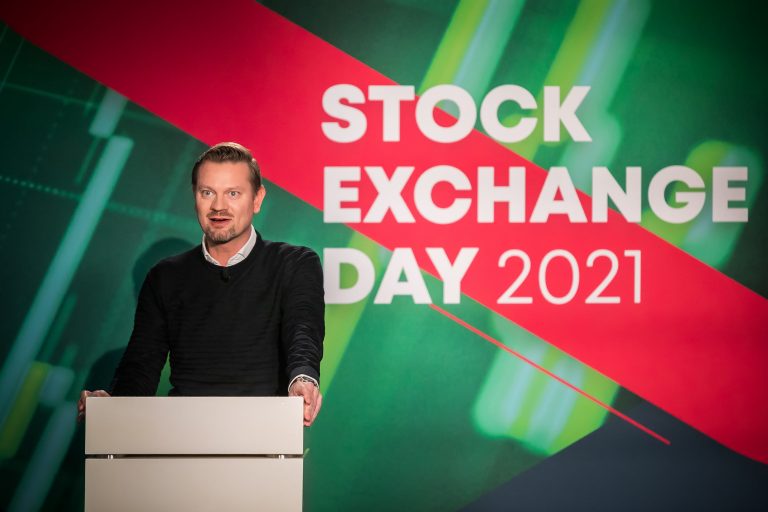Tokenisation is set to transform the fund and asset management industry, streamlining investment fund distribution. As digital assets and tokenisation gain significance, Bernard Simon, CIO of FundsDLT points out that we are at the start of a fundamental shift in how funds are bought and sold.
In financial services, tokenisation has various use cases. It can be used to tokenise real-world assets such as real estate and art. It can be applied to cross-border payments, supply chain finance, and even insurance. We have recently seen activity around tokenised stocks and especially bonds so, therefore, it should come as no surprise that investment funds are also in line for this transformation.
Investments funds in Europe are a broad church covering UCITS, AIFs - including private equity funds - venture capital funds, money market funds, and ETFs. While the specific reasons behind a decision to tokenise any of these may vary, there are common benefits, regardless of the type.
Vastly improved operational efficiency
Tokenised investment funds use blockchain technology to issue and manage fund shares or units as digital tokens. Decentralised Ledger Technology (DLT) ensures data integrity throughout the distribution chain, eliminating redundant, siloed record-keeping and enabling instantaneous settlements with immutable transaction records.
Fund tokenisation, therefore, allows for increased automation, resulting in better operational efficiency across all parties. This also means reduced operational and back-office costs for all actors in the distribution chain.
Democratising fund access
Tokenisation of investment funds offers several benefits for investors, asset managers, and intermediaries. One advantage is increased liquidity, as tokenisation allows investors to buy and sell investment fund shares almost in real-time, resulting in a more efficient market for investment funds.
Furthermore, streamlining subscription and redemption processes reduces the operational and back-office costs for all actors in the distribution, which also makes investing in funds more accessible to a mass market of investors.
The fractional ownership nature of tokenisation is particularly useful for alternative investment funds, making it easier for investors to buy and sell shares. This enables retail access to funds that may have been previously difficult, such as private equity or certain hedge funds.
In short, there are three main benefits driving tokenisation: cost reduction, increased efficiency, and easier access. These advantages will help asset managers prepare for the future.
Step-by-step adoption
There is clear interest from large and small players in the fund distribution space and there are solutions live now.
Based on the FundsDLT experience with a variety of fund actors looking at developing tokenised funds, we suggest that the best way forward is to start from small but concrete use cases, allowing for a step-by-step approach towards fully digital-native funds. A hybrid model where traditional and tokenised shares co-exist for the same fund is also an available option.
A shift to fully digital-native funds seems inevitable, however, as the benefits are too great not to move forward. Fund tokenisation is poised to reshape the investment fund industry, enhancing operational efficiencies and bringing investors closer to the asset manager.



